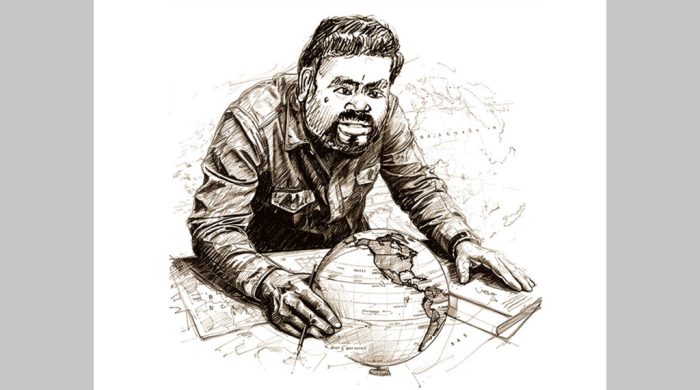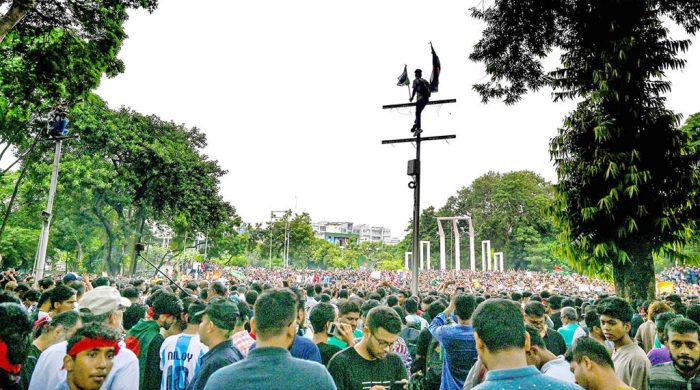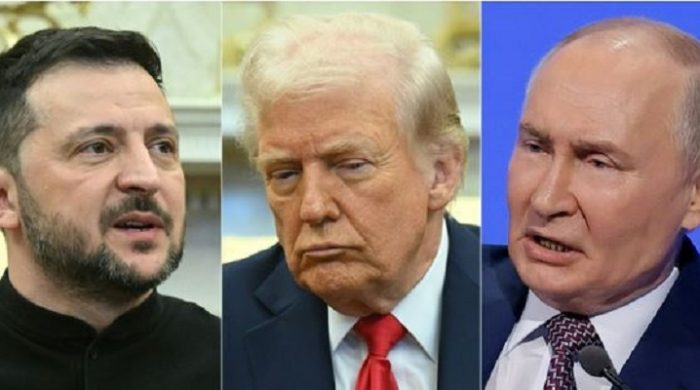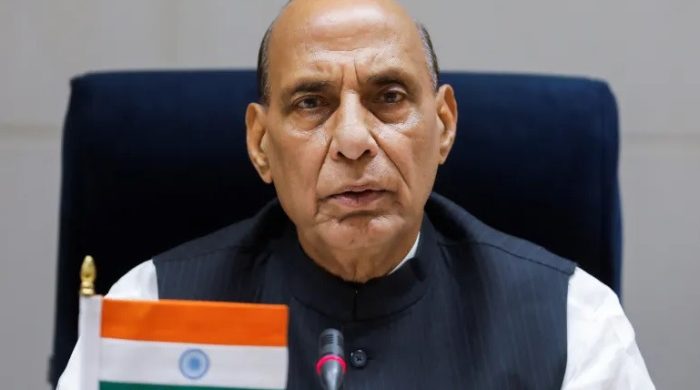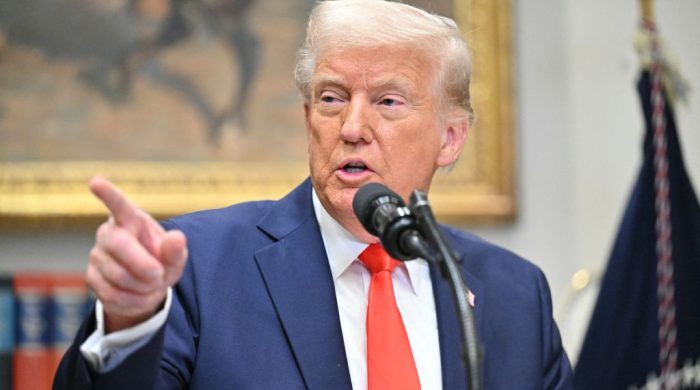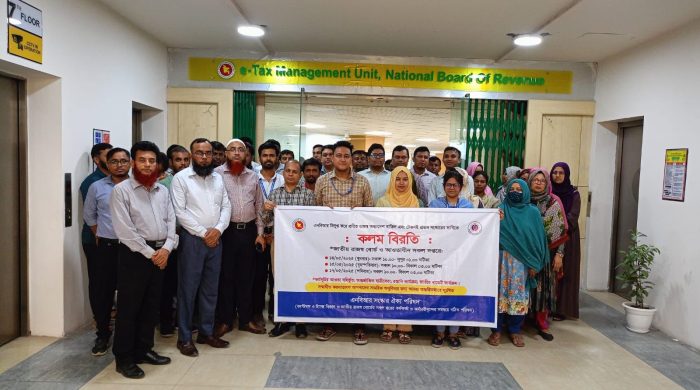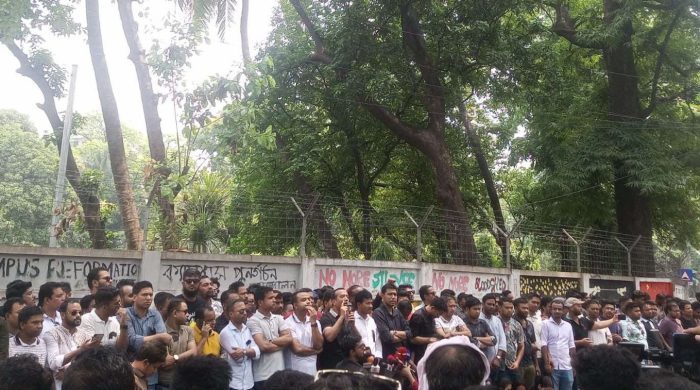Making sense of China’s calculations

- Update Time : Tuesday, June 30, 2020
- 229 Time View
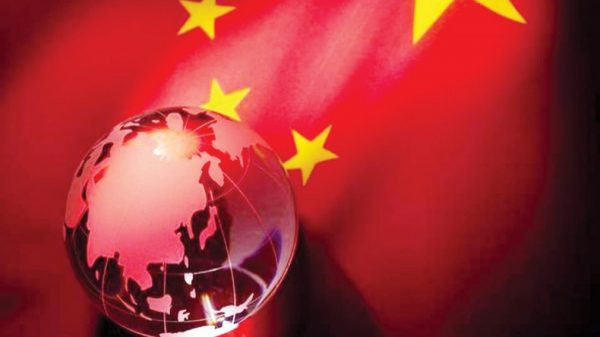
by MK Narayanan:
Analysts should have considered the pandemic’s impact on its economy and India’s strategic alignment with the US, writes MK Narayanan
WHAT policy planners in Delhi, and possibly those in Beijing, have long feared, viz, a direct confrontation leading to fatal casualties, occurred in the Galwan heights in the late evening of June 15. The number of casualties, 20 on the Indian side was the highest since 1967, and included that of a high ranking Colonel of the Bihar Regiment. The number of casualties on the Chinese side has not been formally indicated, though they have conceded that at least one Colonel was among those killed.
No aberration
WITH this incident, it should have been obvious that the die was cast as regards the future of China-India relations. Nevertheless, there was a flicker of hope when apparently the Corps Commanders of India and China on June 22–23 appeared to reach a ‘mutual consensus’ to disengage and embark on lowering ‘tensions’ through a ‘gradual and verifiable disengagement’. This proved short-lived, with the Chinese post in the Galwan area not only being restored, but also, from satellite images available, bigger in size than before.
What occurred in the Galwan heights on June 15 must not, hence, be viewed as an aberration. It would be more judicious to view it as signifying a new and fractious phase in China-India relations. Even if the situation reverts to what existed in mid-April (highly unlikely), India-China relations appear set to witness a ‘new and different normal’.
The debate on the Indian side has so far been largely limited to China’s perfidy in violating the status quo. Former prime minister Manmohan Singh for instance, accused China of ‘brazenly and illegally seeking to claim parts of Indian territory such as the Galwan Valley and Pangong Tso’. Adding spice to the debate was the prime minister’s statement at an all-party meeting on June 19 to discuss the border issue, that ‘there was no intruder on our land now and no post in anyone’s custody’, which raised the Opposition’s hackles.
China’s reaction has been consistent — India must move out of Galwan. This is something that India cannot ignore any longer. What took place in the Galwan heights cannot be viewed as a mere replay of what took place in Depsang (2013), Chumar (2014) and Doklam (2017). This is a new and different situation and India must not shrink from addressing the core issue that relations between India and China are in a perilous state.
China’s assertion of its claim to the whole of the Galwan Valley needs close and careful analysis. For one, Point 14 gives China a virtual stranglehold over the newly completed, and strategically significant, Darbuk-Shyok-Daulat Beg Oldie Road, which leads on to the Karakoram Pass. For another, the strategic implications for India of China’s insistence on keeping the whole of the Galwan Valley are serious as it fundamentally changes the status quo. Finally, by laying claim to the Galwan Valley, China has reopened some of the issues left over from the 1962 conflict, and demonstrates that it is willing to embark on a new confrontation.
Ambiguity has existed regarding the Line of Actual Control in this sector; the Chinese ‘claim line’ is that of November 1959, while for India the Line of Actual Control is that of September 1962. In recent years, both sides had refrained from reopening the issue, but China has never given up its claims. By its unilateral declaration now, China is seeking to settle the matter in its favour. India needs to measure up to this challenge.
Importance of Aksai Chin
A CHARGE that could be levelled against successive administrations in Delhi in recent years is that while China has consistently asserted its claims over the whole of Aksai Chin, India has chosen to overlook China’s more recent postures in this region. The importance of Aksai Chin for China has greatly increased of late, as it provides direct connectivity between two of the most troubled regions of China, viz, Xinjiang and Tibet. This does not seem to have been adequately factored in to our calculations. While Indian policy makers saw the reclassification of Ladakh as purely an internal matter, they overlooked the fact that for China’s military planners, the carving out of Ladakh into a Union Territory (followed later by home minister Amit Shah’s statement last year laying claim to the whole of Aksai Chin) posited a threat to China’s peace and tranquillity.
On intelligence assessment
IT IS in this context, that questions are now being raised about the failure of intelligence. It is axiomatic that leaders make better decisions when they have better information, and the enduring value of intelligence comes from this fundamental reality. Admittedly, the timing and nature of China’s actions should have aroused keen interest in intelligence circles about China’s strategic calculations. The Chinese build-up in the Galwan Valley, Pangong Tso and Hotsprings-Gogra did not require any great intelligence effort, since there was little attempt at concealment by the Chinese. India also possesses high quality imagery intelligence and signals intelligence capabilities, distributed between the National Technical Research Organisation, the Directorate of Signals Intelligence of the ministry of defence and other agencies, which made it possible to track Chinese movement.
Where, perhaps, intelligence can be faulted is with regard to inadequate appreciation of what the build-up meant, and what it portended for India. This is indicative of a weakness in interpretation and analysis of the intelligence available, as also an inability to provide a coherent assessment of China’s real intentions. Intelligence assessment of China’s intentions clearly fell short of what was required.
It is at the same time true that while India’s technological capabilities for intelligence collection have vastly increased in recent years, the capacity for interpretation and analysis has not kept pace with this. Advances in technology, specially Artificial Intelligence have, across the world, greatly augmented efforts at intelligence analysis. It is a moot point whether such skills were employed in this instance.
The failure to decipher China’s intentions in time is no doubt unfortunate, but it has to be understood that deciphering China’s intentions, understanding the Chinese mind (which tends to be contextual and relational), and trying to make sense of Chinese thinking, are an extremely difficult task at any time. Even so, since last year when China’s economy began to show signs of a decline followed by the COVID-19 pandemic, China is known to have become extremely sensitive to what it perceived as efforts by others to exploit its weakness. It has often felt compelled to demonstrate that no nation should attempt to exploit the situation to China’s disadvantage. India’s intelligence and policy analysts obviously failed to analyse this aspect adequately, while trying to make sense of China’s latest forward push.
Another of China’s current preoccupation, viz, that India is feeling emboldened because of its growing strategic alignment with the United States, should also have been adequately considered by the analysts in any assessment of putative Chinese responses.
The principal responsibility for intelligence assessment and analysis concerning China rests with the National Security Council Secretariat and India’s external intelligence agency, the Research and Analysis Wing, and to a lesser extent, the Defence Intelligence Agency. It may not, perhaps, be wrong to surmise that the decision of the NSCS to dismantle the Joint Intelligence Committee has contributed to a weakening of the intelligence assessment system. In the case of the Research and Analysis Wing, lack of domain expertise, and an inadequacy of China specialists might also have been a contributory factor.
Limitations of summit meets
WE CANNOT also minimise the adverse impact of certain policy imperatives. For one, the preference given recently to Summit diplomacy over traditional foreign policy making structures proved to be a severe handicap. Summit diplomacy cannot be a substitute for carefully structured foreign office policy making. Any number of instances of this nature is available. Prime minister Neville Chamberlain of Great Britain was one of the earliest victims of Summit diplomacy. The disastrous meeting between prime minister Indira Gandhi and US president Richard Nixon had long-term adverse implications for India-US relations. Prime minister Manmohan Singh and US president George W Bush did establish a rapport through frequent Summit meetings, but this was the exception rather than the rule.
Currently, India’s Summit diplomacy has tended to marginalise the external affairs ministry with regard to policy making, and we are probably paying a price for it. As it is, the ministry of external affairs’ stock of China experts seems to be dwindling, and its general tilt towards the US in most matters has resulted in an imbalance in the way the ministry perceives problems and situations.
TheHindu.com, June 29. MK Narayanan is a former National Security Adviser and a former Governor of West Bengal.





